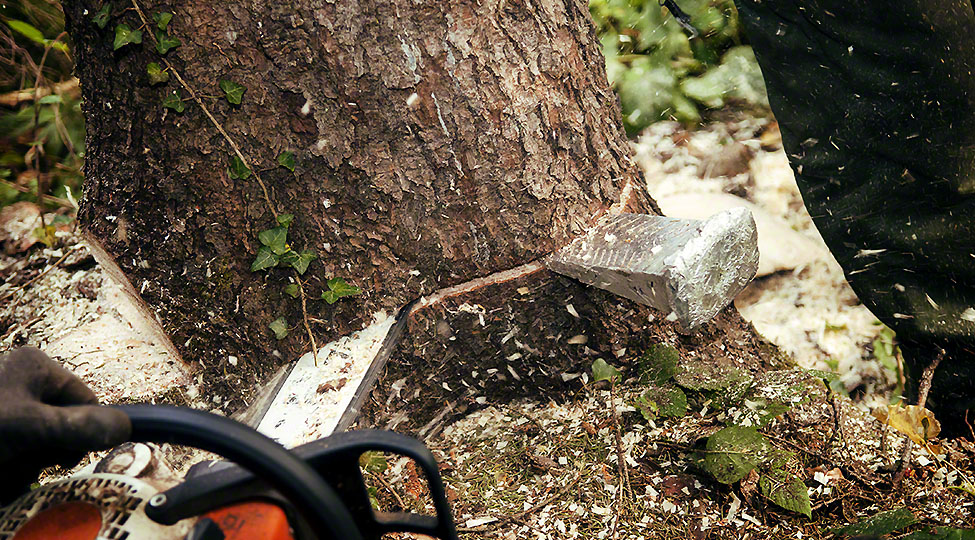As far as patio materials are concerned, patios are built of one of the few common materials. Basically, what your patio contractors do with these materials will decide the overall look and vibe of your outdoor patio. In case you happen to take help from a professional masonry company, chances are the company will be experienced enough. Otherwise, you may be taking a lot of risk.
When it comes to the choice of patio materials, personal expression and preference plays the most important role. However, with that, other things that must be considered include the budget, size of your outdoor patio, the availability of materials, and the patio’s location.
In this regard, you must also check your local building codes. By knowing these beforehand, you will be able to avoid the setbacks, down-times, and a possible loss of money.
A patio materials guide for you
In case you are having difficulty in choosing the right patio materials, do not worry! We are here to help you out.
Concrete
It is difficult to find a material that is just as adaptable and versatile as concrete. Concrete is very common patio material because it is time-tested. It is made using a combination of gravel, water, cement, and sand. Furthermore, concrete has a range of different options other than just brick.
In case you use good forms, concrete is easy to mold and can change itself to any shape possible. With that, concrete is also very easy in maintenance and is quite durable. In this regard, the overall finish of concrete will be stamped, smoother, scored, painted, brushed, and colored.
Bricks
Bricks are considered to be a timeless option. They are made by firing a range of different materials with clay mixtures inside a brick kiln. They are extremely sturdy and tend to last for a long period of time. Basically, brick patios result in a very classic and neat look that is suitable in a range of architectural styles and landscapes.
In fact, a big number of outdoor patios employ bricks with other materials such as concrete in order to create some diversity.
In this way, bricks are suitable for both rustic landscapes and formal landscapes. The most popular brick patterns are running bond, jack-on-jack, and herringbone pattern. Just take a look at all of these patterns and choose the one that suits you the most.
Flagstone
Flagstone is yet another popular choice of homeowners. It comes in a wide variety of stone mixtures and colors, which depends on your area of living and quarries. Basically, flagstone comes in large slabs that are 1 to 3 inches in thickness and can be identified with their irregular shape.
Since it has a roughened surface, this material provides great traction when it is wet. The most common type of flagstone includes limestone, sandstone, bluestone, and quartzite.
As far as flooring on patios is concerned, flagstones are at least 1 and a half inches thick. These thick slabs are laid on a bed of sand or soil. In case thinner slabs are being used, they are placed on wet mortar or concrete in order to prevent the possibility of cracking.
Ending note
The above-mentioned three materials are the most common in patio construction. In fact, all your local patio builders will suggest you choose one of the above three due to better availability and affordability. Of course, there are many high-end luxury options also available. However, for an average house owner, these options play out just well. It is hard to go wrong with any of these, and this is why they are so commonly used. lagrass

